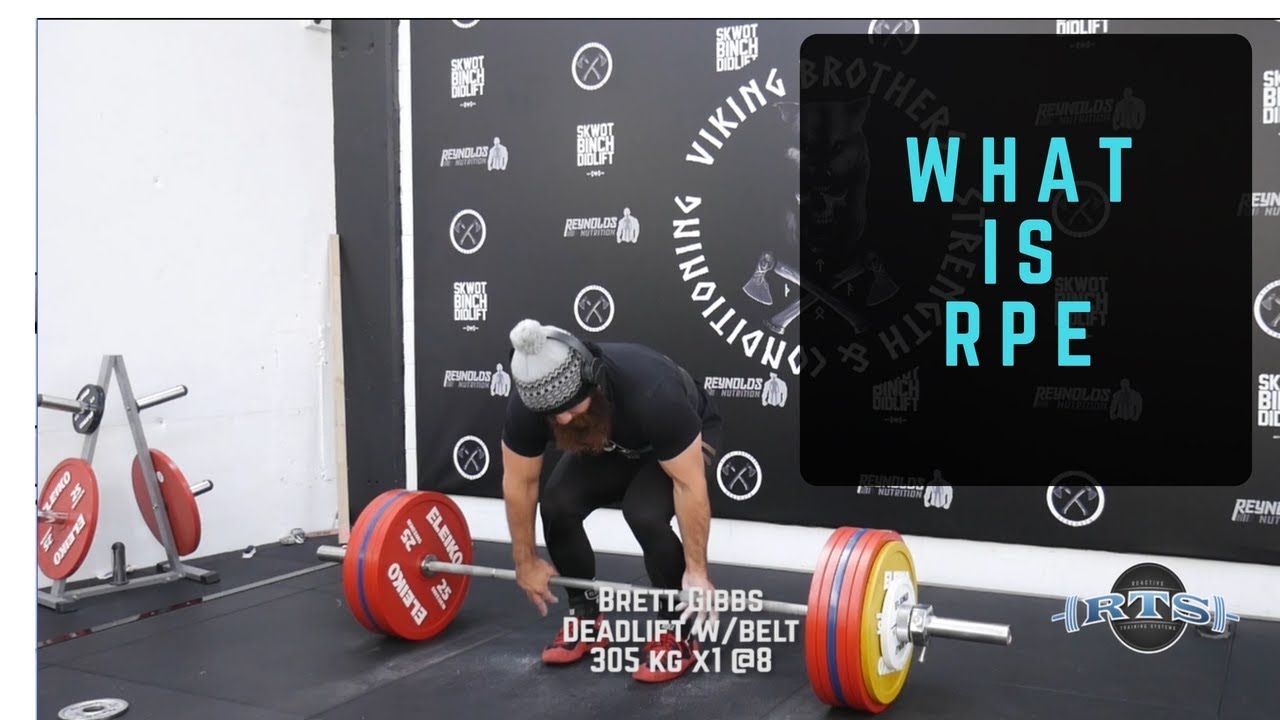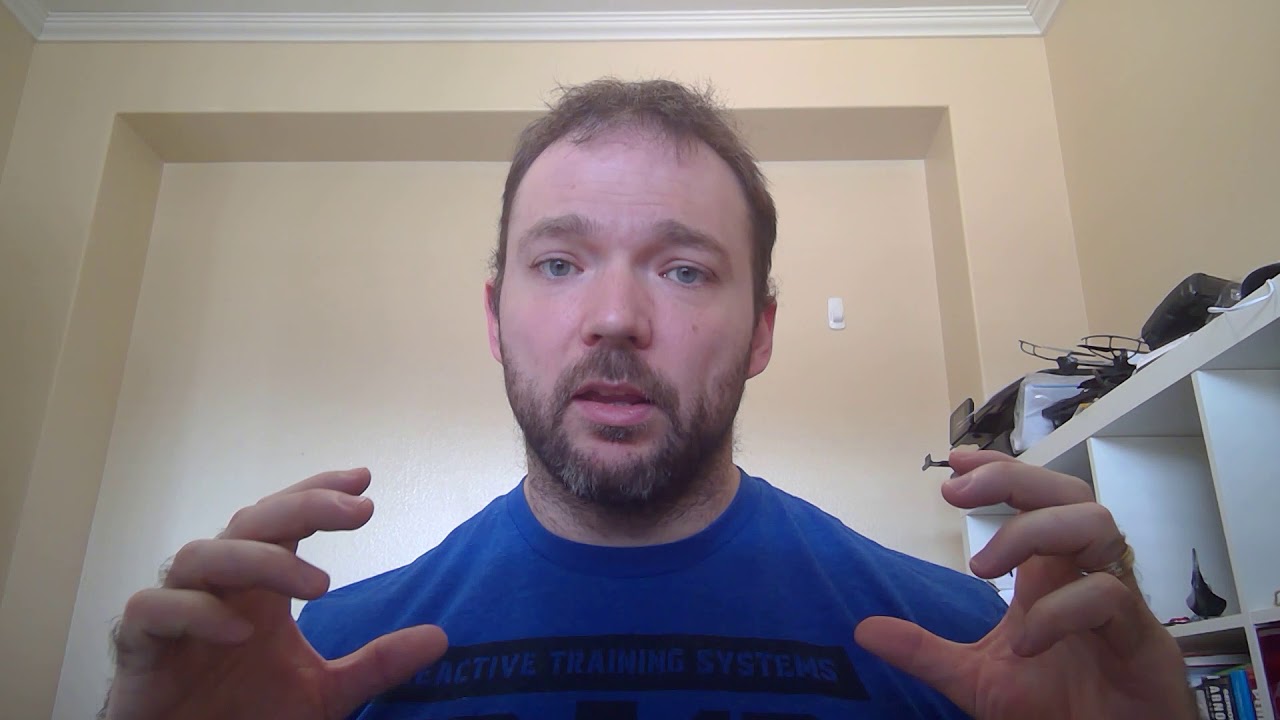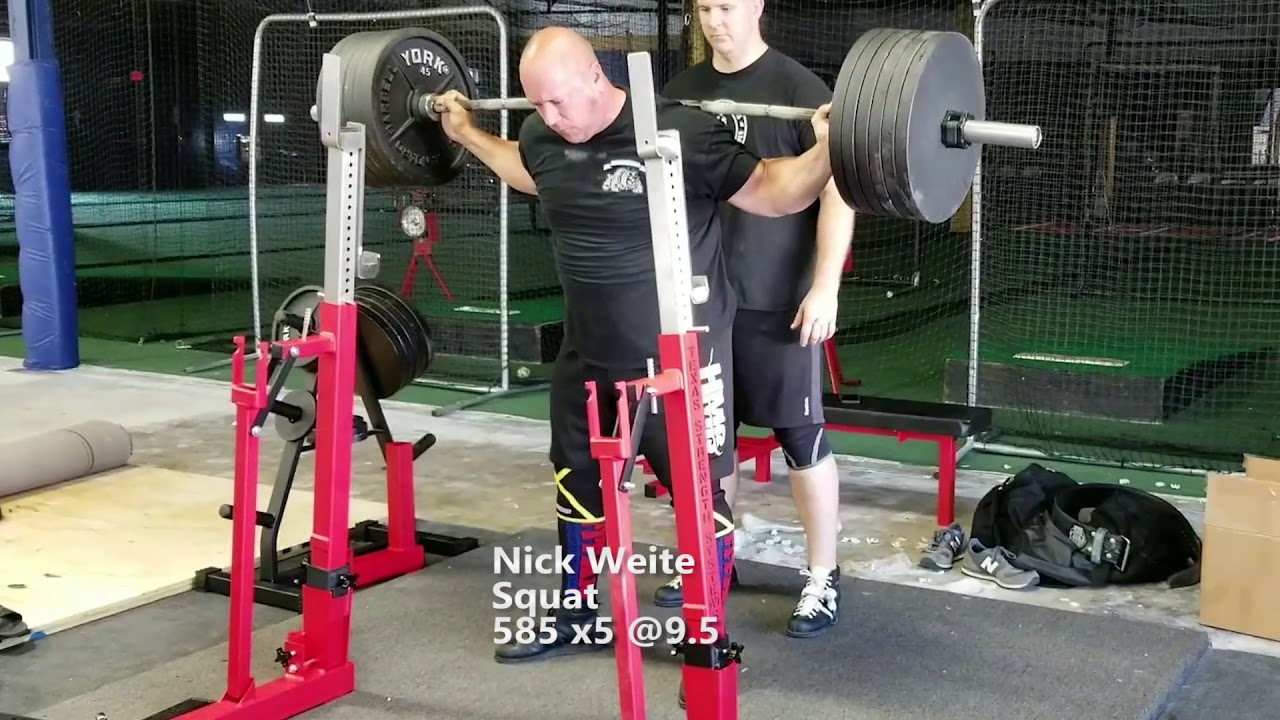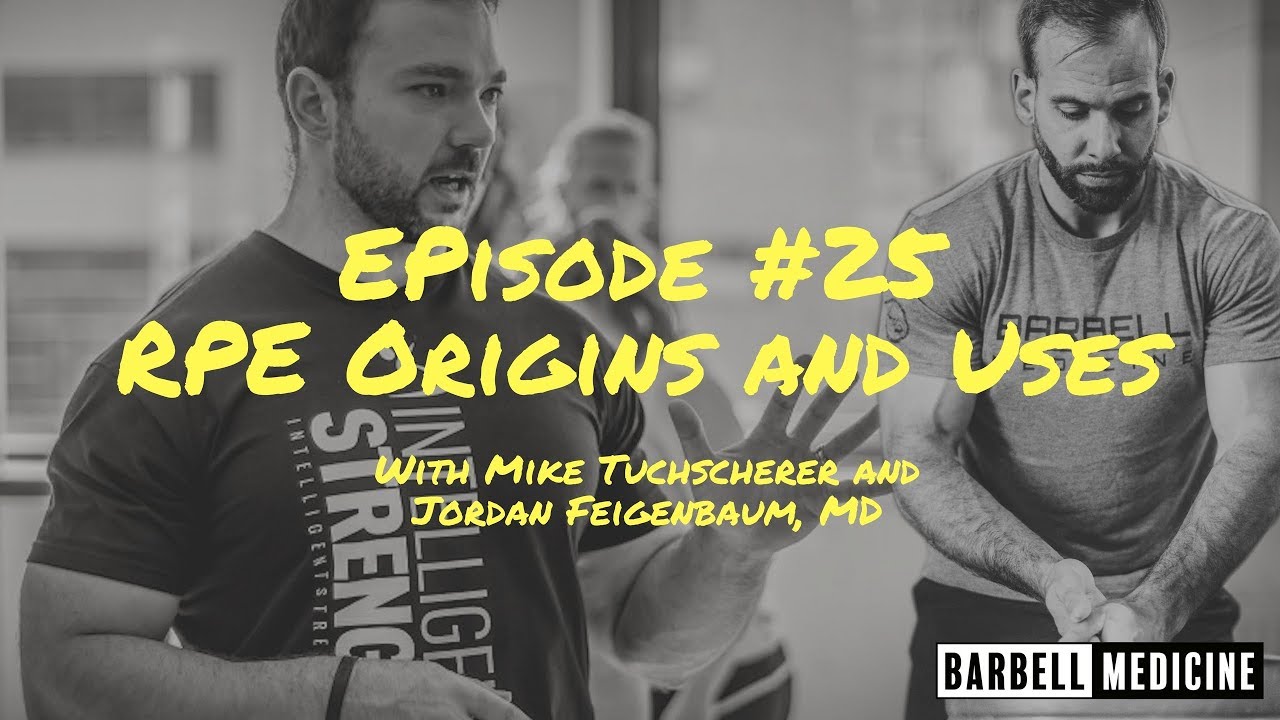This may be fine as an initial approach, but I would try to feel from the set, also, by starting a tad ligther.
and then to do sets across since the fatigue will increase the RPE of subsequent sets.
This, on the other hand, should not be the case. Ideally, you should be able to do several (read 3 or 4) sets at RPE 8 without changing the weight, and with reasonable rest times (3~5 min). HOWEVER, to not stress out about this, you just might be not conditioned enough. I myself am not able to do more than 2 sets @8 with the same weight, the 3rd eventually fells an 8.5 or 9. On the other hand, I have 2 months experience with RPE, it can be that I’m rating inaccurately.
Then update the e1rm using the weights and RPE from that week. Use the new e1rm to calculate starting weights for next week.
That’s the general idea. This is your goal, you might update it 5 or 10 pounds up or down, depending on how you feel at the day, for example. You’ll want also to aim an e1RM some 5 pounds higher when planning next week.
for variations where I don’t have a 1rm/e1rm, I will need to take the next two months practicing in order to get to a level where i can reasonable test for a e1rm/ understand what the RPE feels like for those lifts.
Not necessarily. On your first workout with some variation, you should work your way up until something that feels the correct RPE. For example, if you need 4@7 for rack pulls, start with the bar and do 4 reps. Add weight, repeat. At some point, It will feel like a 7 and you log it as your first work set. If you’re not sure what a 7 feels like, wait until some set feels like an 4@8, and log the previous as your 4@7.
I would need to wait a couple months to start anyway since I need to get a belt for squats and deads, and get blocks for my rack pulls.
Untrue. It’s perfectly fine to do the competition lifts without a belt, specially if you’ve been doing them this way. Maybe gains will be a bit smaller than they could, but no big deal AT ALL. About rack pulls, if you don’t have anything to put under the bar right now, to improvise some block pulls, you can do paused DLs from the beginning. Just be conservative with weights, compared to normal DL.
Note from the other topic: It is much harder to tell a 6 from a 7 than a 9 from a 10. You probably do not know now what a 6 feels like. Don’t worry about it, care about your 9s and 8s. After you figure this out (should take you 2 or 3 weeks), understand 7s, and after this, 6s. It is a process, you’ll get the hang of it and most important, you DO NOT need to freak out too much about accuracy, SPECIALLY on the beginning.
Don’t think RPE is the only way, but give it a try.
Bibliography:



